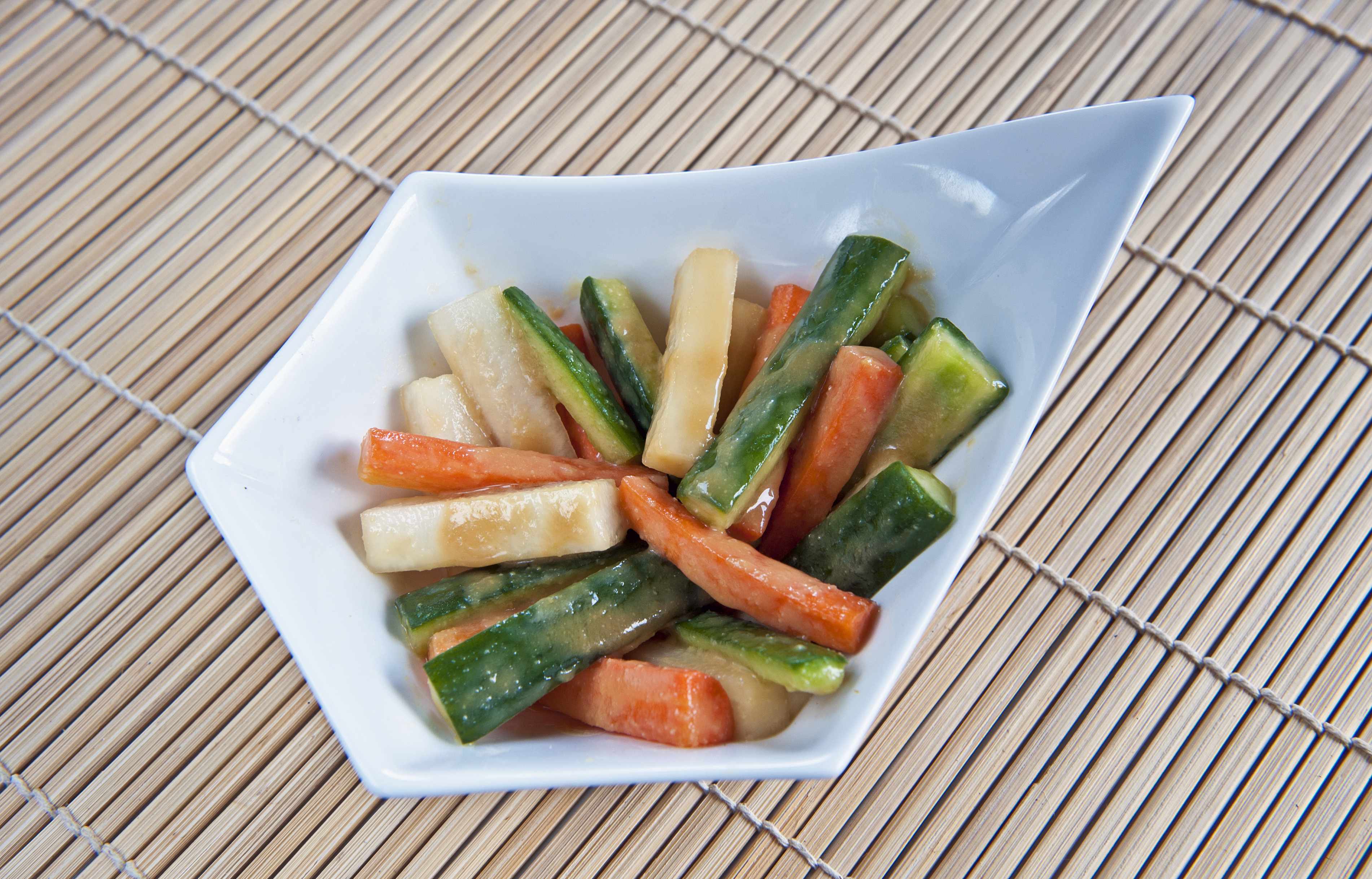January is a month when many of us resolve to eat healthier. Japan, with its worldwide reputation for health and longevity, is a good place to look. Much of the island nation's health is attributed to the amount of seafood consumed in the traditional diet. However, according to the Japanese Ministry of Health, Labor and Welfare, the prefecture with the highest life expectancy is landlocked Nagano Prefecture. Men from this prefecture have been the healthiest in the country since 1990, and Nagano's women took the top spot in 2013 from Okinawan women, who dropped to 3rd place behind Shimane Prefecture's women. (Okinawan men are all the way down at No. 30, due to an increase in obesity, heart disease and other life-shortening factors.) In 2013, a Health Ministry study put the life expectancy for Nagano residents at 80.88 years for men and 87.18 years for women — the national averages for the same year are 79.59 and 86.35, respectively.
Not only do the people of Nagano live long, they stay healthy and active, too; 26.1 percent of prefectural residents 65 and older are gainfully employed as opposed to 20.4 percent nationwide, according the Statistics Bureau of the Ministry of Internal Affairs and Communications.
The situation was quite different 50 years ago. Modern-day Nagano was once part of Shinano no kuni (aka Shinshu Province), an area that had a diet high in salt similar to many inland regions — salt was needed to preserve food over the long, cold winters. Salty pickled and preserved foods such as nozawana zuke, the preserved leaves of nozawana (a type of turnip) that the area is famous for, used to be much saltier than they are now, and local favorites such as Shinshu miso were very salty, too. In 1965, Nagano residents consumed more salt than any other area in the country and, not surprisingly, the leading causes of death at that time were strokes and other high blood pressure-related illnesses.



